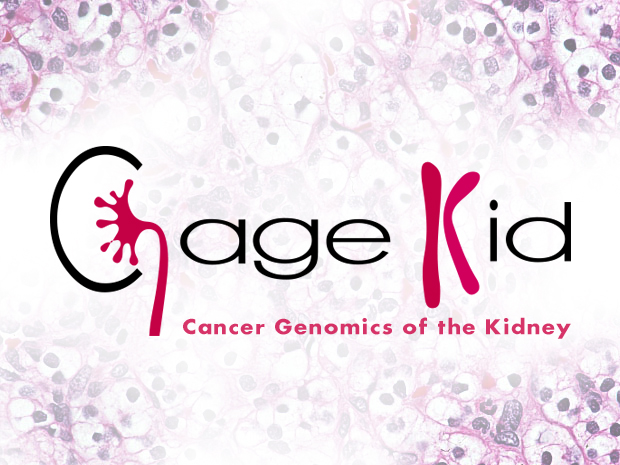
Kidney cancer in Central Europe
New research by the international Cancer Genomics of the Kidney consortium (CAGEKID) reveals an important connection between kidney cancer and exposure to aristolochic acid, an ingredient in some herbal remedies. The findings, published in Nature Communications, have important implications for public health.

- Large-scale DNA and RNA sequencing of renal cell carcinoma patients in Europe reveals primary causes of kidney cancer vary between populations.
- Findings provide insights into the genetic architecture of clear-cell renal-cell carcinoma.
- Association between cancer incidence and exposure to aristolochic acid – an ingredient in some herbal remedies – has implications for public health, particularly in Romania.
Kidney cancer kills more than 140,000 people every year, and in Central Europe incidence rates have been increasing dramatically. CAGEKID, part of the International Cancer Genome Consortium (ICGC), has been studying the genetic causes of this disease in Europe. The project partners sequenced the DNA and RNA of normal and tumour cells in around 100 renal cell carcinoma patients from the Czech Republic, Romania, Russia and the United Kingdom. The results confirmed that certain genetic changes are associated with this type of cancer, and pointed to specific biological pathways and sets of genes that are affected by the mutations.
In the majority of Romanian patients, the researchers observed a very high frequency of genetic changes that are associated with exposure to aristolochic acid, though it is not clear exactly how these patients became exposed to it. The findings suggest that the main causes of kidney cancer may vary between populations, and confirm that aristolochic acid is a carcinogen.
The study was led by McGill University, where the DNA data analyses were carried out. “While the study included only 14 patients from Romania, the specific mutation pattern was found in 12 of them,” explains Mark Lathrop of McGill University and Genome Quebec Innovation Centre. “We will analyse samples from more patients from Romania and elsewhere in the Balkan region in follow-up research that is now under way to assess the extent of exposure.”
EMBL-EBI scientists contributed their expertise in handling and analysing very large volumes of data. “Our group analysed the very large quantity of RNA data produced in the studies, and we saw some interesting abnormalities,” says Alvis Brazma, head of Functional Genomics at EMBL-EBI. “There was clearly a loss of gene function, and that was due to changes in splicing patterns. We also saw novel fusion genes – pairs of genes that are fused together and create products that interfere with the proper functioning of the cell.”
Our study illustrates that systematic exploration of tumour DNA via massive sequencing can identify previously unsuspected causes of cancer
“This tumour genomic project is unique in that it is based on samples from various countries, with potential diversity in risk factors,” says Ghislaine Scelo of the International Agency for Research on Cancer (IARC/WHO). “Our study illustrates that systematic exploration of tumour DNA via massive sequencing can identify previously unsuspected causes of cancer.”
All data from the study is available in EMBL-EBI’s controlled-access European Genome-phenome Archive (EGA) and ArrayExpress. The datasets will be incorporated into the ICGC’s pan-cancer project, which uses the EGA for data management and EMBL-EBI’s Embassy Cloud for storage and data analysis.
This post was originally published on EMBL-EBI News.


